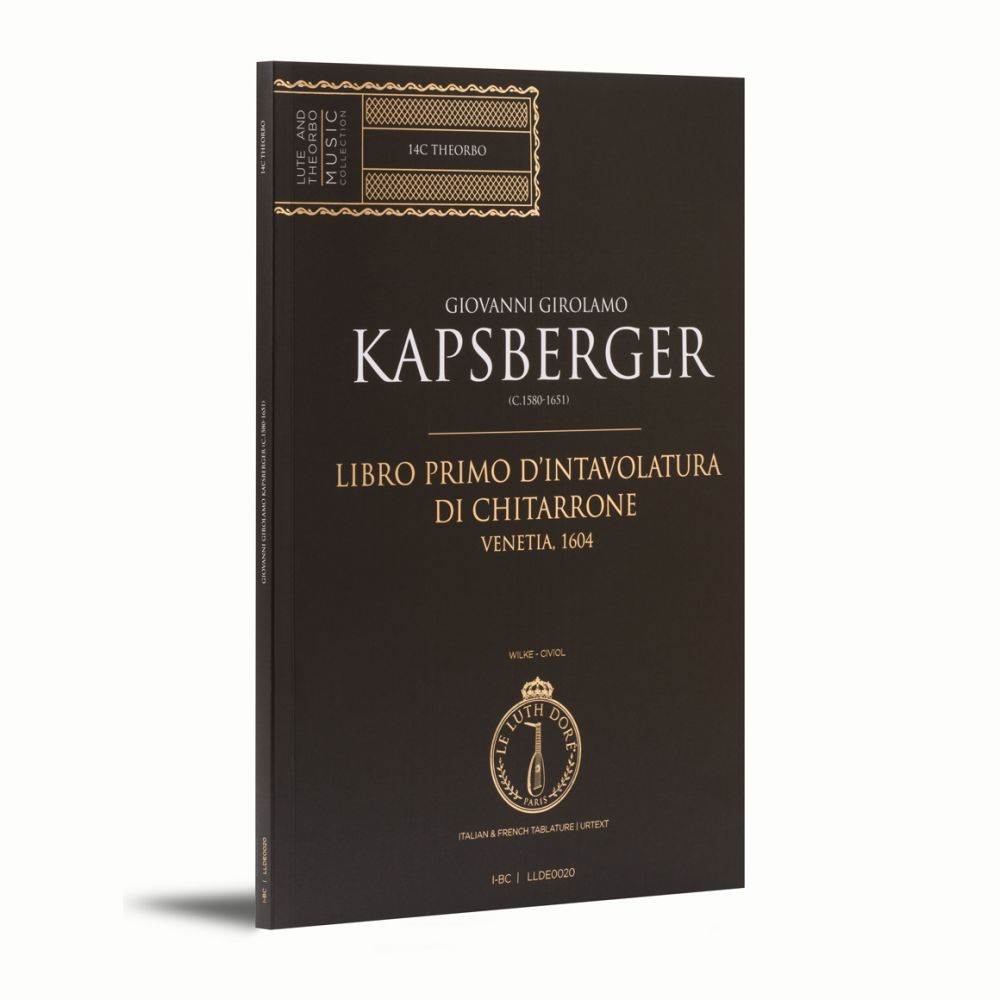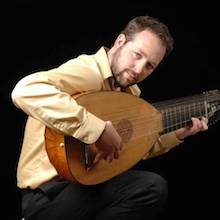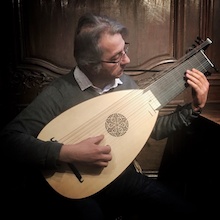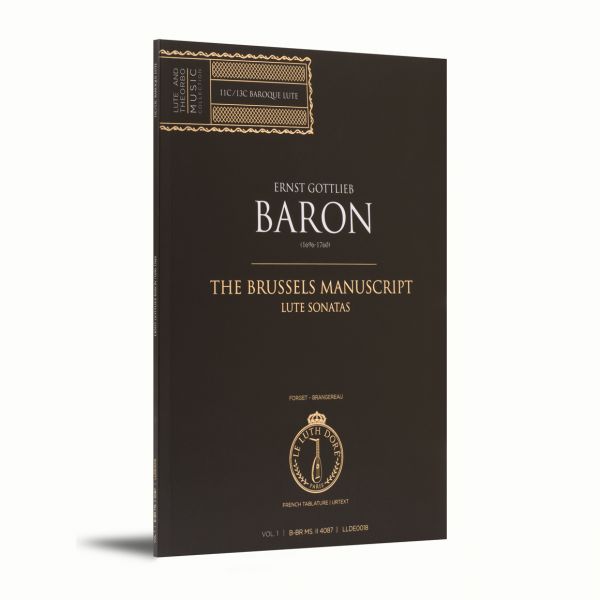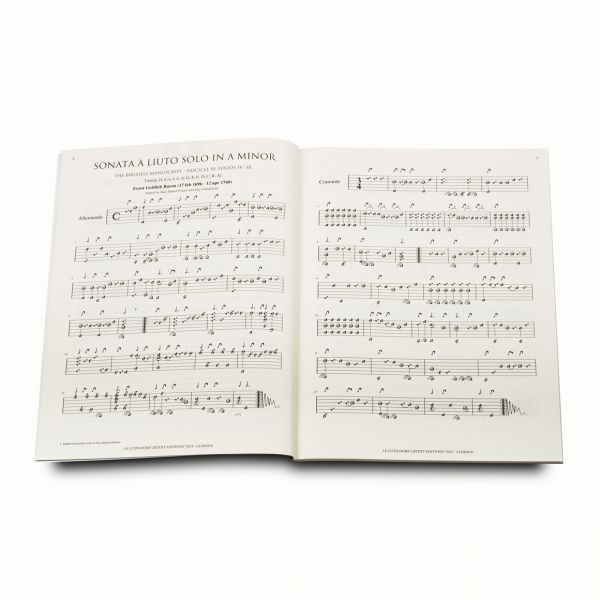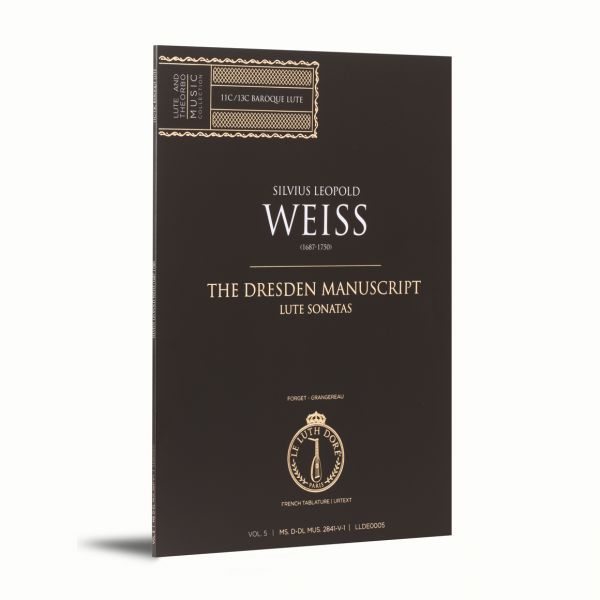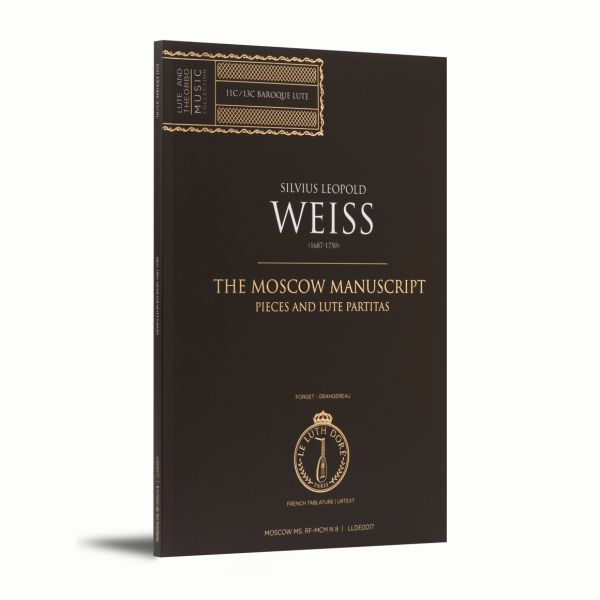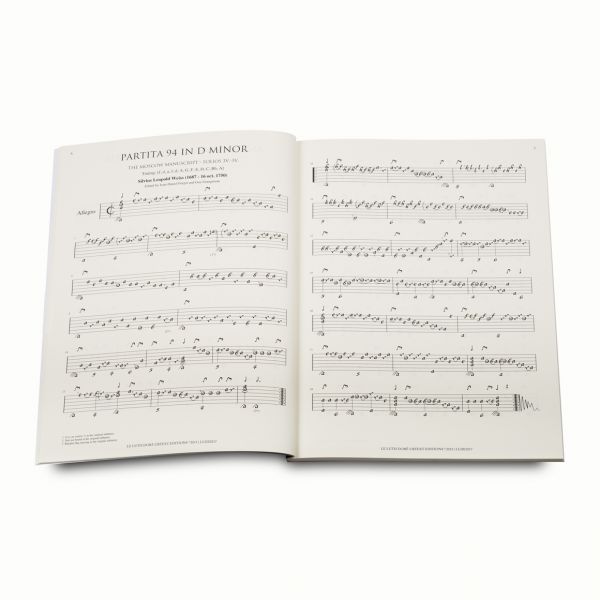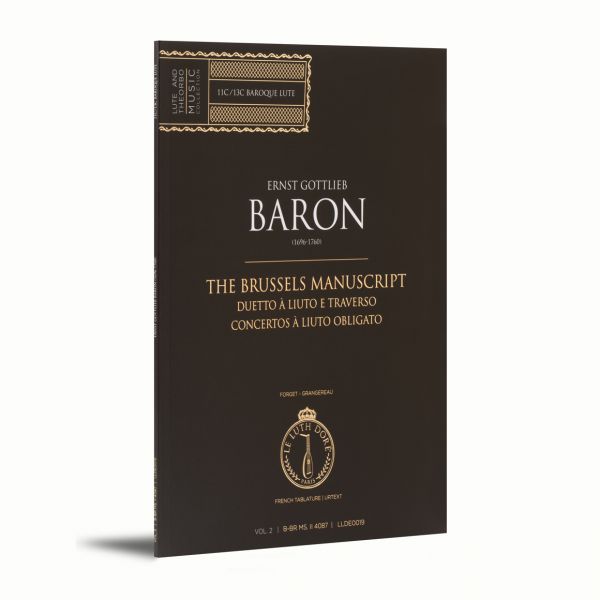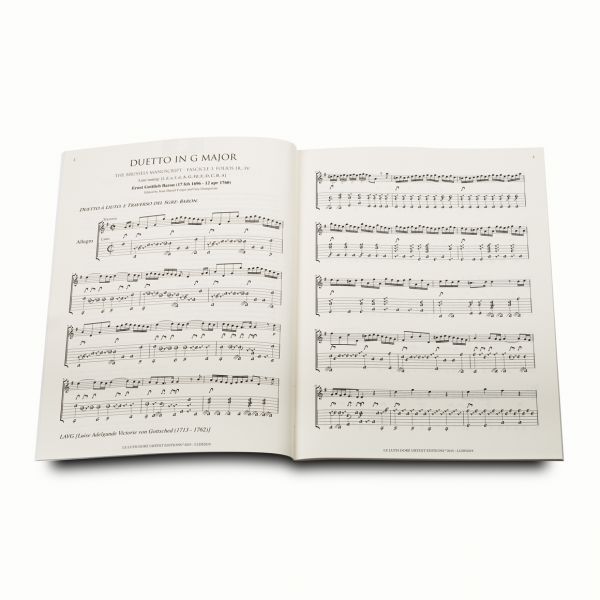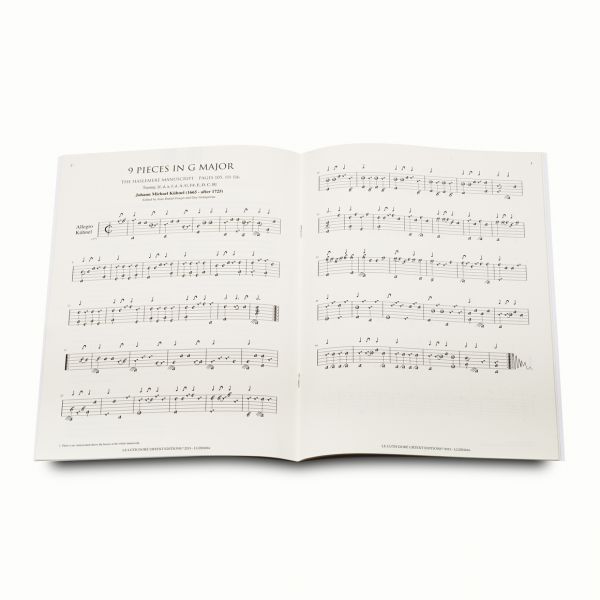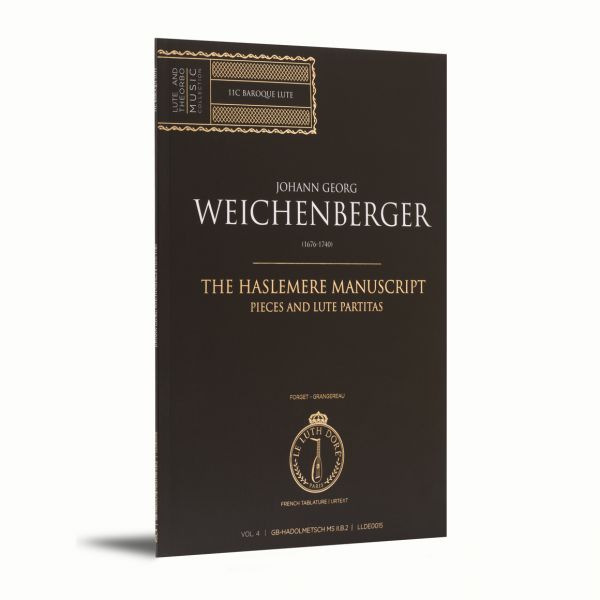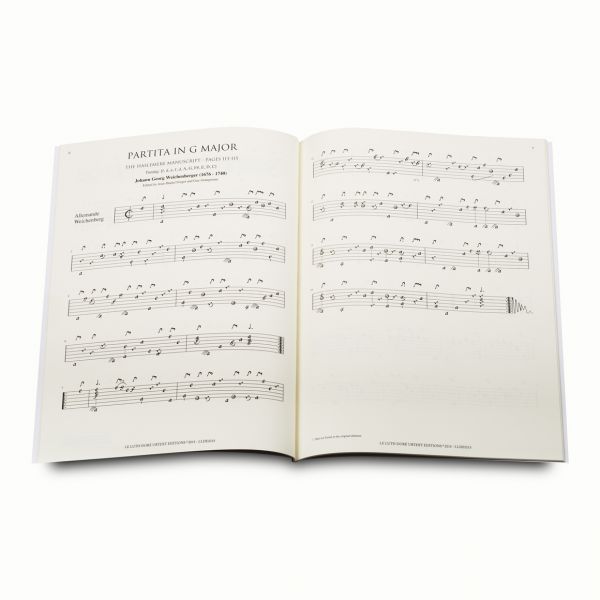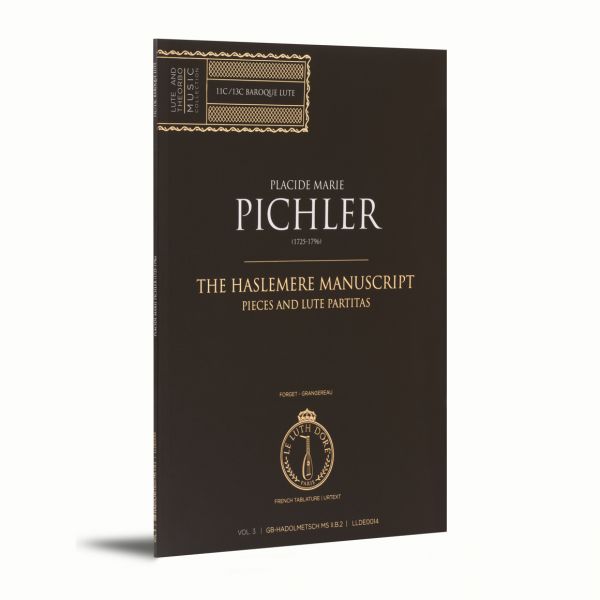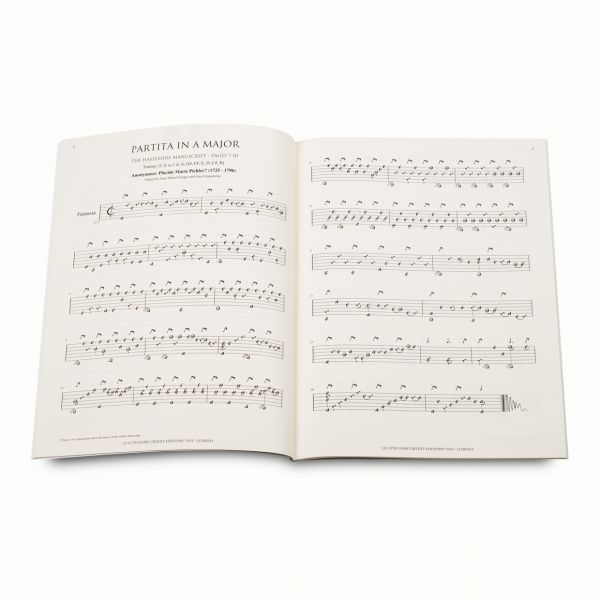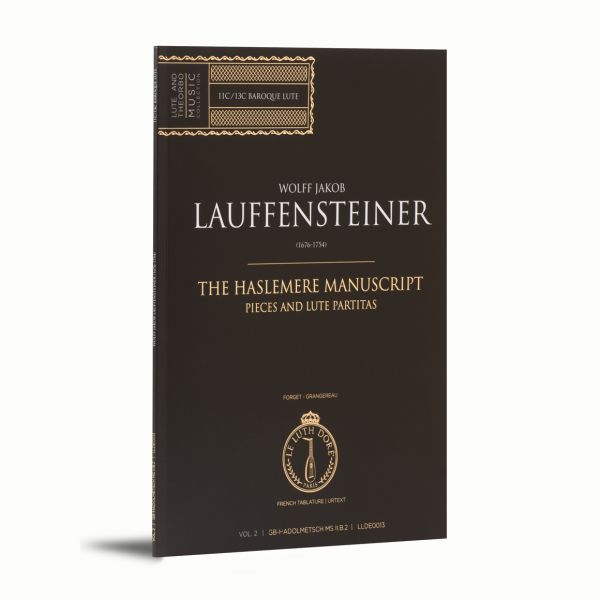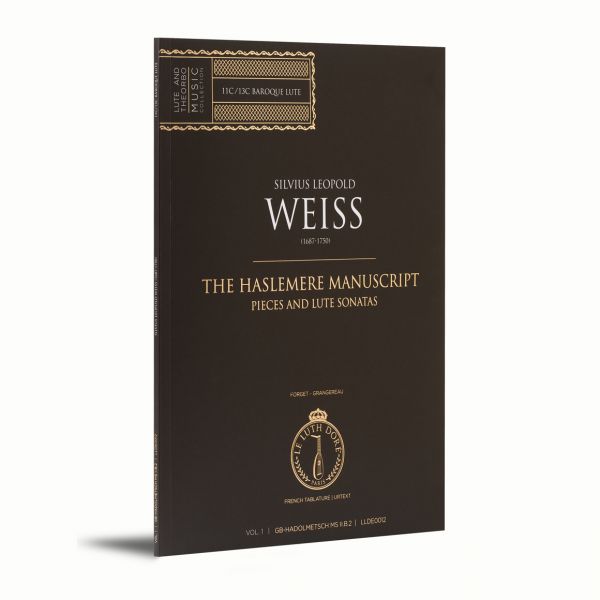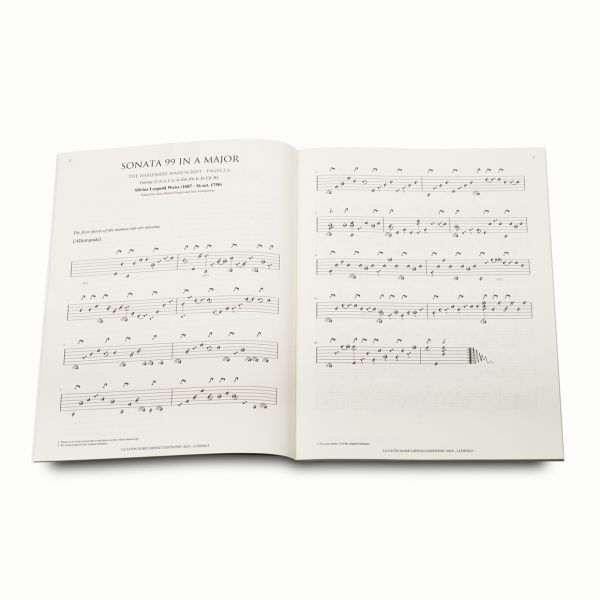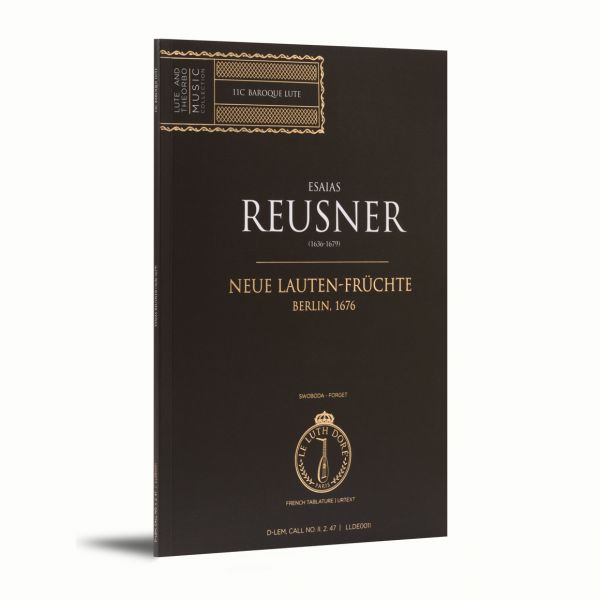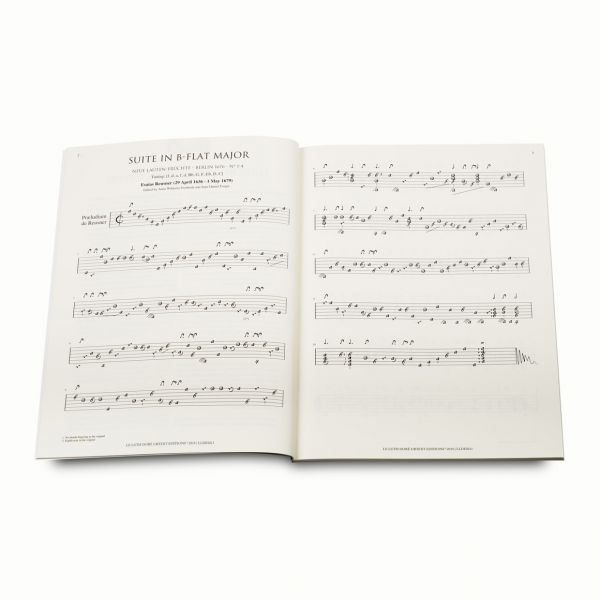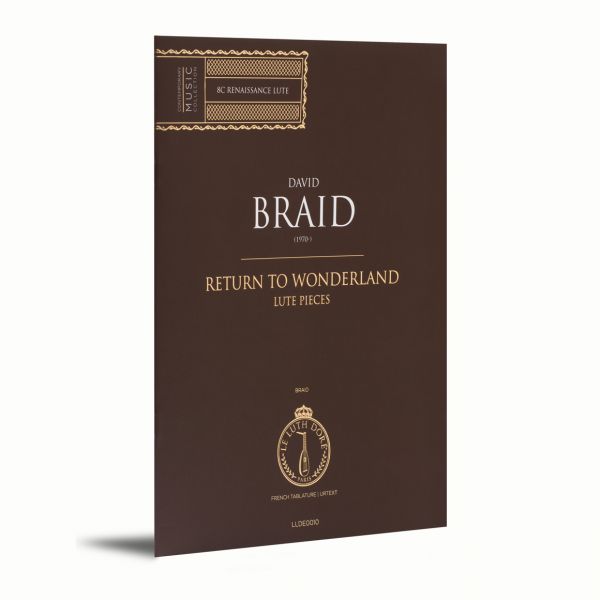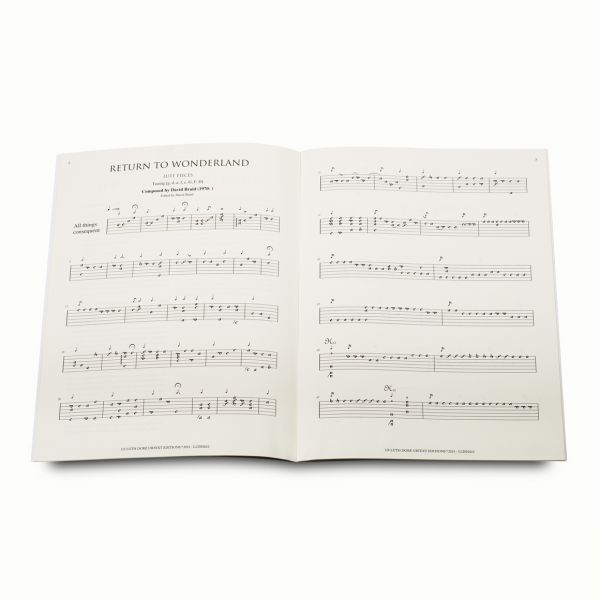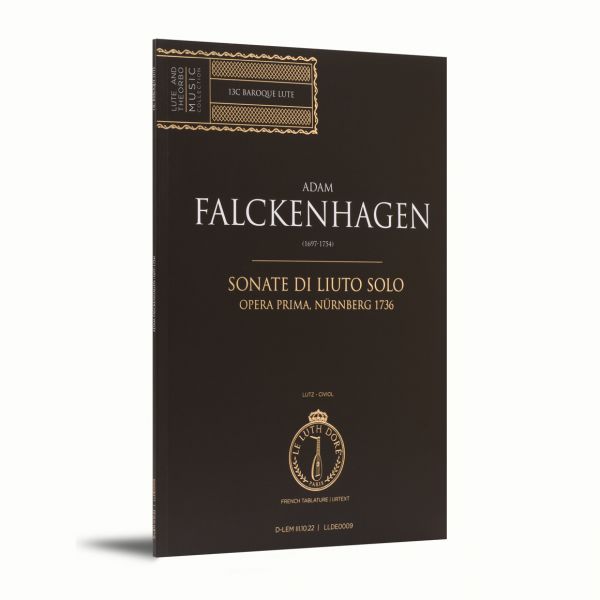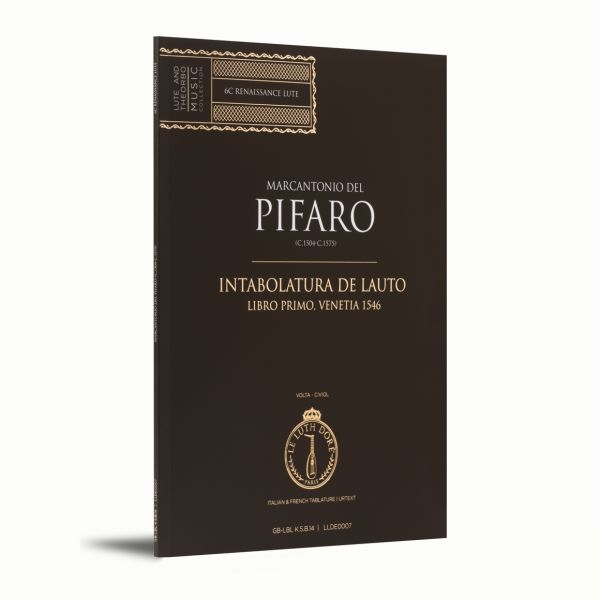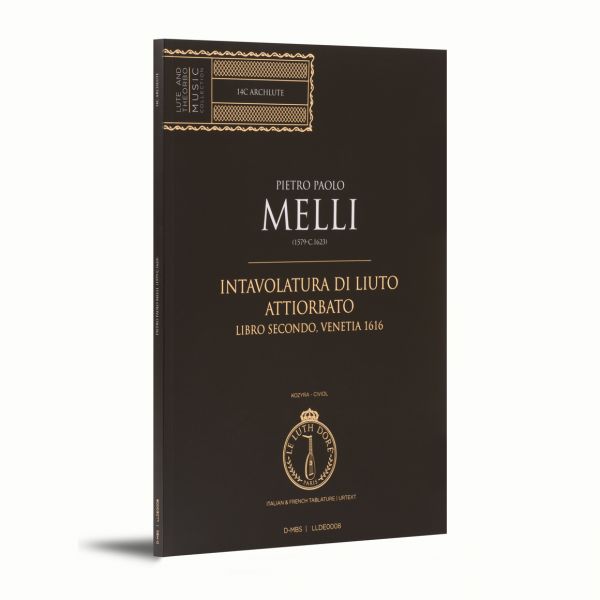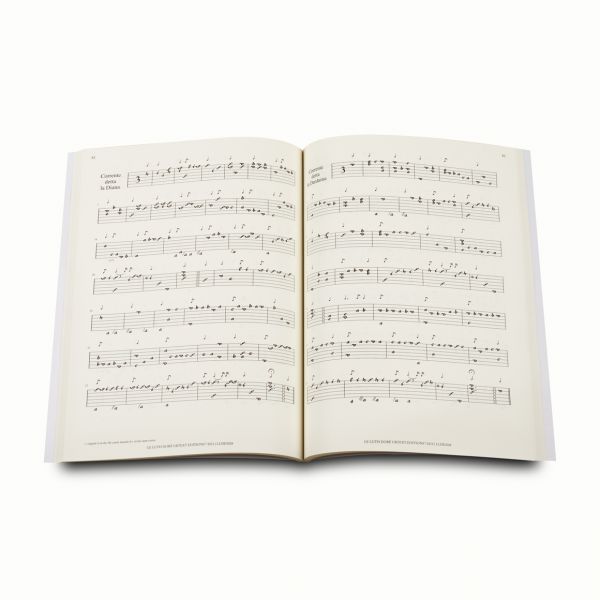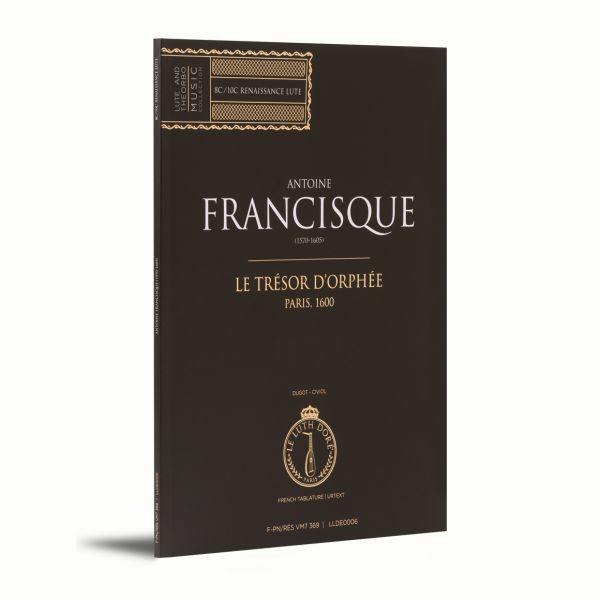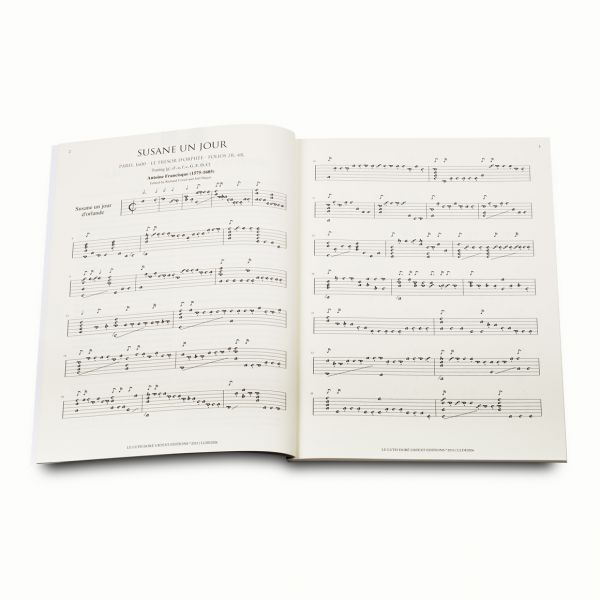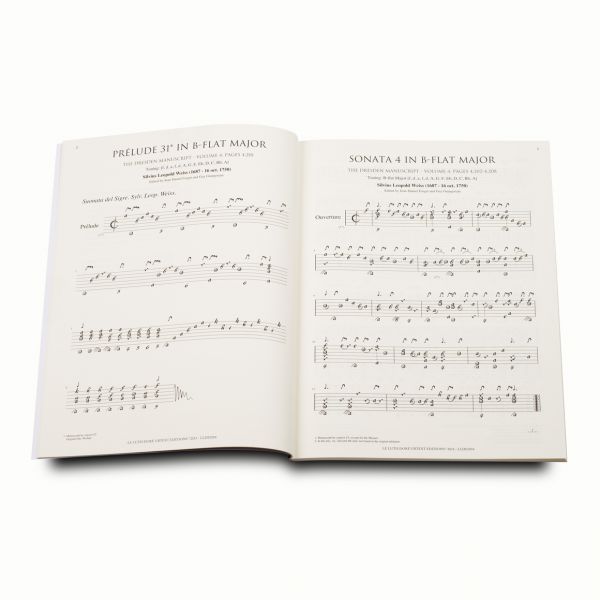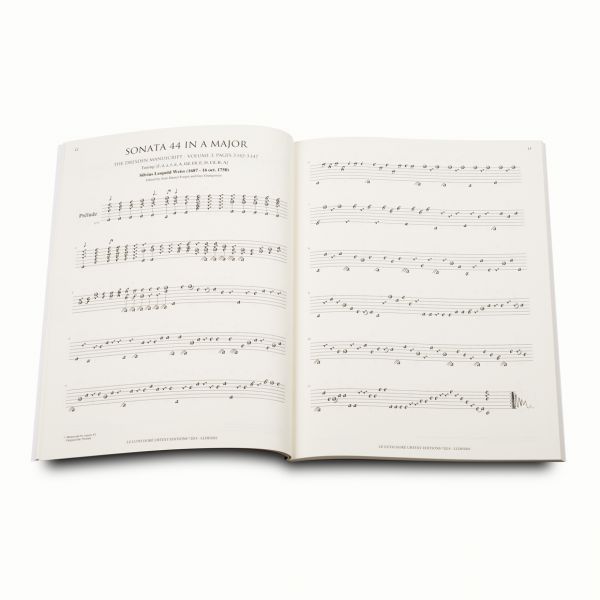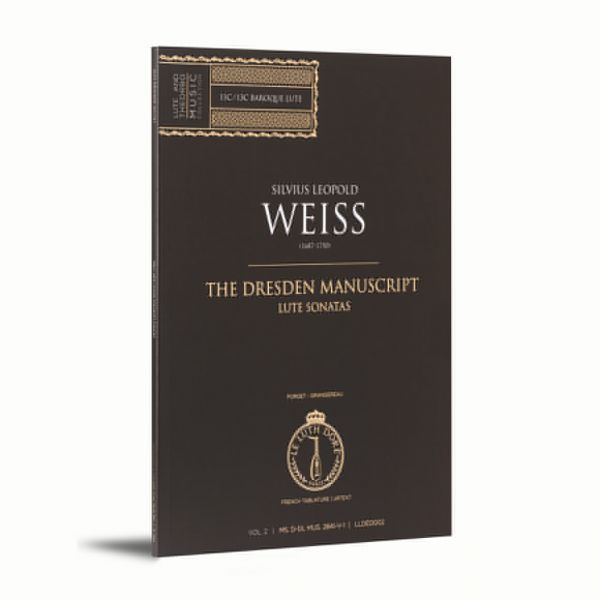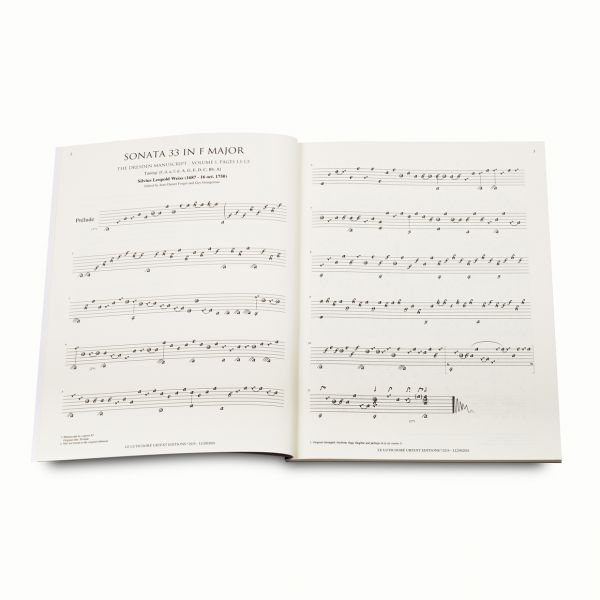Works and Reception
Kapsberger is today remembered primarily for his highly inventive and idiosyncratic music for lute and, especially, theorbo. He published four books of music for chitarrone, (one lost) and two books of lute music, (one lost) with a few additional pieces found in various manuscripts.
Kapsberger applied modern stylistic innovations to the theorbo. His success at combining intrepid aesthetic experimentation with idiomatic technical means is all the more remarkable when one considers the substantial organological changes the instrument underwent during his lifetime. While a handful of late pieces are written for the chromatic 19-course theorbo, the vast majority of his pieces (including all of the Libro primo) call for a chitarrone of eleven courses or less. This actually associates his theorbo music as much with the re-entrant-tuned bass lute as with the large Roman tiorba favored by many today.
Music for solo plucked strings actually comprises only a small portion of Kapsberger’s output. By contrast, compositions in other genres include twelve volumes of secular monodies, six books of sacred vocal music, two collections of instrumental dances and sinfonias, masses and operas. Notable in this corpus are two books of monodic settings of poetry by the aforementioned Urban VIII, an opera commissioned to celebrate the canonization of St. Ignatius Loyola (founder of the Jesuit order), and a cantata performed at the Pitti Palace in Florence. Several large works are known to be lost.
As a composer, Kapsberger enjoyed an international reputation and his music was highly regarded by the most stellar musical minds of the day. The erudite theorist Athanasius Kircher called him a “superb genius” who “successfully penetrated the secrets of music” and even considered him a worthy successor of Monteverdi.
Fortunately, Kapsberger’s position in the seicento cultural milieu underwent some scholarly reassessment in the latter half of the 20th century, primarily via the research of Paul Kast and Victor Coelho. Through new recordings and editions such as this one, today we can finally appreciate the bold, ingenious, sometimes delightfully quirky musical personality of this unique and important artist.
Giovanni Girolamo Kapsberger (c.1580-1651)
Giovanni Girolamo Kapsberger (or Hieronymus Kapsperger) was the son of one Wilhelm Kapsberger, a colonel in the employ of the Imperial House of Austria. Due to this Teutonic heritage and prowess on the theorbo, he bore the epithet, Il Tedesco della tiorba. Nothing is known of his training. Early activities centered in Venice, where his music was first published in 1604.
In 1605 Kapsberger was in Rome where he gained entry into several prestigious academies and lay religious orders including the Accademia degl’Imperfetti and the Accademia degli Umoristi and the orders of St. Stephen and St. John. In 1624, he entered the patronage of Cardinal Francesco Barberini. This was a most prominent position, as the powerful and influential Barberini were the greatest patrons of the arts in Rome at the time.
A considerable number of Kapsberger’s publications were dedicated to extended members of the family, including Pope Urban VIII, (Maffeo Barberini) who is often remembered today as the sitting pontiff during the trial of Galileo Galilei. In this circle, Kapsberger worked beside Girolamo Frescobaldi and Stefano Landi as well as many high-ranking men of letters, including another future pontiff, Clement IX (Giulio Rospigliosi). An additional colleague under Barberini patronage would play a fateful role in shaping Kapsberger’s reputation for posterity: the theorist Giovanni Battista Doni.
In 1640, Kapsberger published for the final time. Due to blatant nepotism and fiscal irresponsibility, the Barbarini family was eventually forced out of Rome, and Kapsberger was compelled to leave the Cardinal’s entourage in 1646. From this time on until his death, his activities are unknown. In 1651, he was buried in the church of St. Biaggio in Rome, age 71.
Christopher Wilke | Le Luth Doré ©2015









